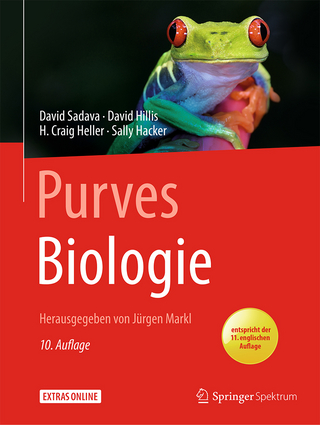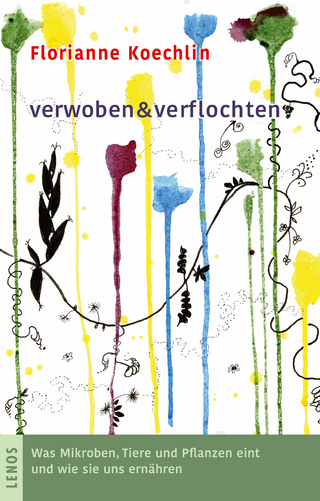
Organic Solar Cells
CRC Press (Verlag)
978-0-367-65598-3 (ISBN)
Current energy consumption mainly depends on fossil fuels that are limited and can cause environmental issues such as greenhouse gas emissions and global warming. These factors have stimulated the search for alternate, clean, and renewable energy sources. Solar cells are some of the most promising clean and readily available energy sources. Plus, the successful utilization of solar energy can help reduce the dependence on fossil fuels. Recently, organic solar cells have gained extensive attention as a next-generation photovoltaic technology due to their light weight, mechanical flexibility, and solution-based cost-effective processing.
Organic Solar Cells: Materials, Devices, Interfaces, and Modeling provides an in-depth understanding of the current state of the art of organic solar cell technology. Encompassing the full spectrum of organic solar cell materials, modeling and simulation, and device physics and engineering, this comprehensive text:
Discusses active layer, interfacial, and transparent electrode materials
Explains how to relate synthesis parameters to morphology of the photoactive layer using molecular dynamics simulations
Offers insight into coupling morphology and interfaces with charge transport in organic solar cells
Explores photoexcited carrier dynamics, defect states, interface engineering, and nanophase separation
Covers inorganic–organic hybrids, tandem structure, and graphene-based polymer solar cells
Organic Solar Cells: Materials, Devices, Interfaces, and Modeling makes an ideal reference for scientists and engineers as well as researchers and students entering the field from broad disciplines including chemistry, material science and engineering, physics, nanotechnology, nanoscience, and electrical engineering.
Qiquan Qiao is associate professor of electrical engineering at South Dakota State University (SDSU), Brookings, USA. Widely published and highly decorated, Dr. Qiao has authored more than 60 peer-reviewed papers in leading journals and received the 2014 F O Butler Award for Excellence in Research at SDSU, 2012 3M Faculty Award and the College of Engineering Young Investigator Award, 2010 US NSF CAREER, 2009 Bergmann Memorial Award from the US–Israel Bi-National Science Foundation, 2006 American Society of Mechanical Engineers Solar Energy Division Graduate Student Research Award, and 2006 Chinese Government Award for Outstanding Students Abroad.
Conjugated Polymers as Electron Donors in Organic Solar Cells. Donor and Acceptor Functionalized Silsesquioxane Nanostructures for Organic-Based Photovoltaic Devices. Next-Generation Transparent Electrode Materials for Organic Solar Cells. Relating Synthesis Parameters to the Morphology of the Photoactive Layer in Organic Photovoltaic Solar Cells Using Molecular Dynamics Simulations. Insights Obtained from Modeling of Organic Photovoltaics: Morphology, Interfaces, and Coupling with Charge Transport. Photoexcited Carrier Dynamics in Organic Solar Cells. Defect States in Organic Photovoltaic Materials, Thin Films, and Devices. Interfacial Materials toward Efficiency Enhancement of Polymer Solar Cells. Nanophase Separation in Organic Solar Cells. Engineering of Active Layer Nanomorphology via Fullerene Ratios and Solvent Additives for Improved Charge Transport in Polymer Solar Cells. Inorganic–Organic Nanocomposites and Their Assemblies for Solar Energy Conversion. Organic Tandem Solar Cells. Graphene-Based Polymer and Organic Solar Cells.
| Erscheinungsdatum | 01.10.2020 |
|---|---|
| Reihe/Serie | Devices, Circuits, and Systems |
| Verlagsort | London |
| Sprache | englisch |
| Maße | 156 x 234 mm |
| Gewicht | 453 g |
| Themenwelt | Naturwissenschaften ► Biologie |
| Naturwissenschaften ► Physik / Astronomie | |
| Technik ► Elektrotechnik / Energietechnik | |
| Technik ► Umwelttechnik / Biotechnologie | |
| ISBN-10 | 0-367-65598-5 / 0367655985 |
| ISBN-13 | 978-0-367-65598-3 / 9780367655983 |
| Zustand | Neuware |
| Haben Sie eine Frage zum Produkt? |
aus dem Bereich


